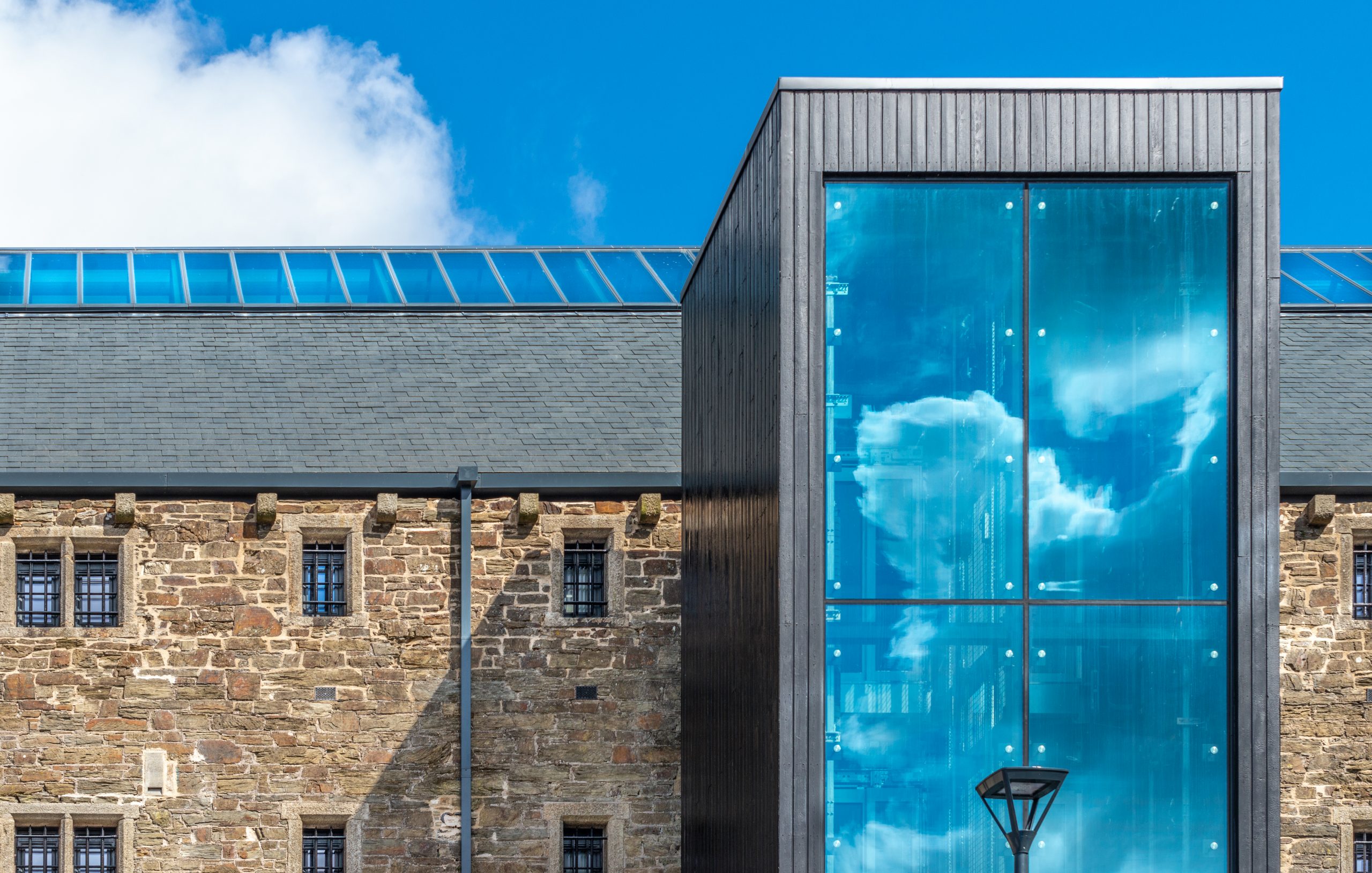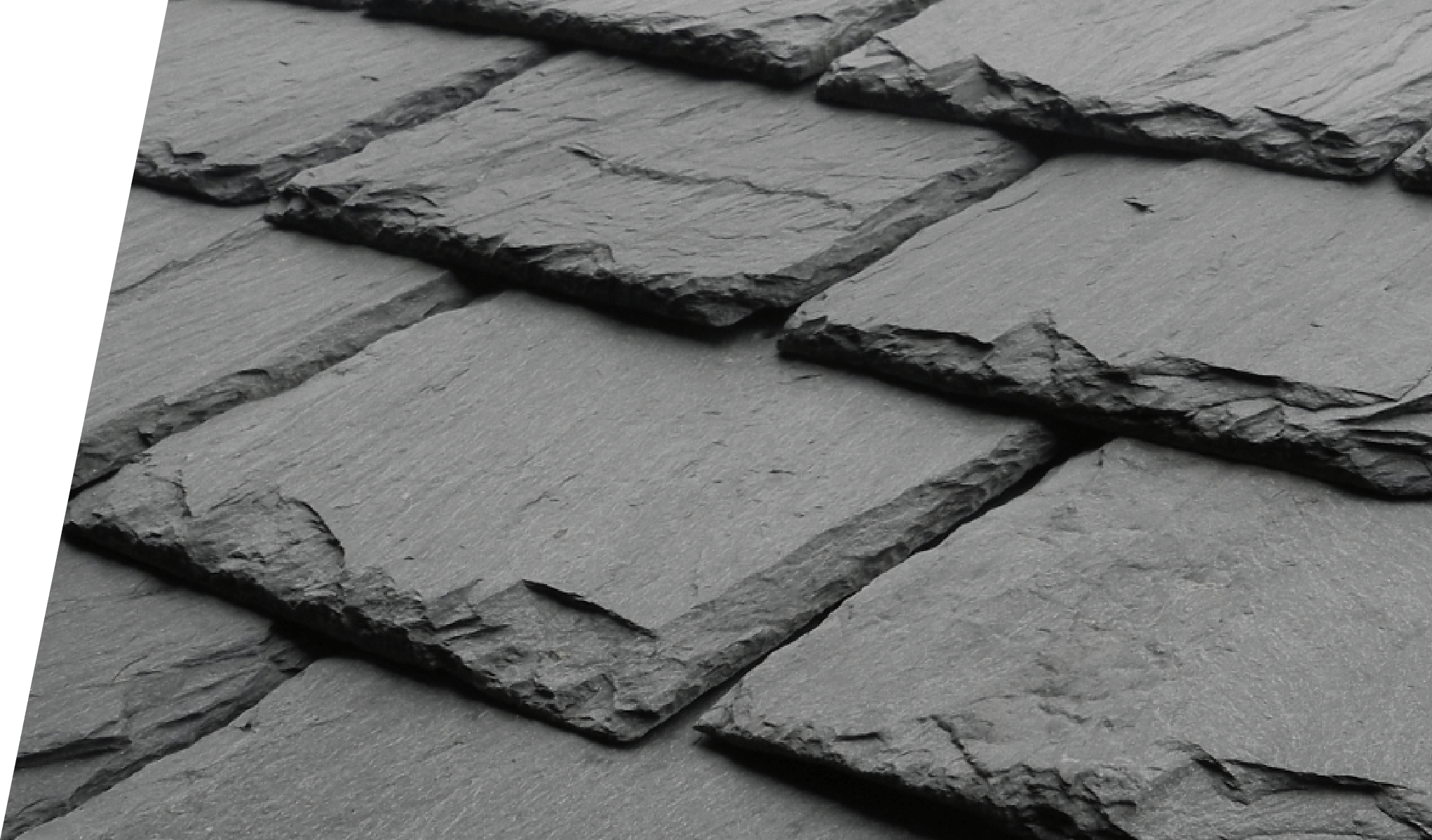Technical Director Richard Cook explains the current regulations regarding fire safety in roofing materials and the performance of SSQ’s products.
Whether they cover commercial constructions or residential homes, roofs play an essential role in preventing the onset and spread of fire. What was historically viewed as a simple shield against the elements is now understood to be a vital part of protecting lives and preventing flames from spreading to neighbouring properties.
How have regulations changed?
Building Regulations and construction standards are in a near-constant state of revision – and at SSQ we are committed to staying on top of these changes.
In 2019, the roofing standards for constructions were altered with regards to fire safety. The primary assessment for the performance of roof materials shifted from the national system (BS 476-3:2004) to the European classification system BS EN 13501-5.
BS EN 13501-5 is designed to test a roof’s ability to resist the spreading and penetration of flames. To achieve a classification, a roof must be tested against conditions that simulate a real fire, such as wind, radiant heat and burning brands (or embers).
Once tested, roofs are then categorised into five classes: BROOF (t4), CROOF (t4), DROOF (t4), EROOF (t4) and FROOF (t4).
BROOF (t4) represents the highest level of performance, and FROOF (t4) the lowest.
What classification do SSQ’s products get?
When tested, roofs made with SSQ’s slate and phyllite achieve a BROOF (t4) classification, which is the highest possible result.
Achieving BROOF (t4) classification allows the material to be used anywhere on the roof. In densely populated areas, the ability of a roofing material to prevent the spread of fire to other properties is paramount. SSQ’s rating of BROOF (t4) allows our materials to be used anywhere, even close to the boundaries of a property.
While the assessment type may have changed, we’re keen to emphasise that our slate and phyllite products are, and always have been, safe roofing solutions for any kind of building. We understand that all consumers place a huge amount of trust in the roof over their head for protection, and we’re pleased (but not surprised) that our products measure up to the high standards held by the UK’s Building Regulations.
Not only do our products receive the highest possible classification according to the new assessment system, but slate and phyllite like Riverstone are also naturally non-combustible materials. Whether used for roofing, cladding or flooring, our products offer beauty, durability and protection against the spread of fire.
When looking to reroof a family home, lovingly restore a historic building or design a striking commercial space, our hope is that SSQ’s outstanding performance in BS EN 13501-5 testing will allow customers to choose our slate and phyllite with confidence.
For more information, visit www.ssqgroup.com, email info@ssq.co.uk, or call 020 8038 2675.


